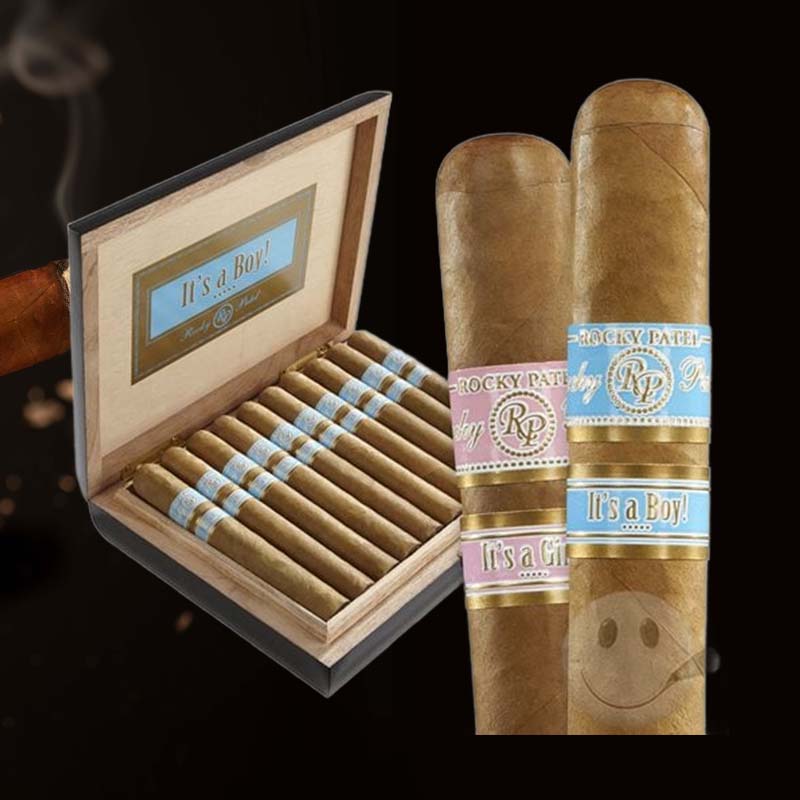Why won't my torch lighter work
I remember the first time I tried to light my favorite cigar with my trusty torch lighter. I pressed the ignition, felt that familiar feeling of excitement, and… nothing. Just a spark. It was frustrating, to say the least. If you’re in a similar situation, I understand your pain. Let’s dive into the reasons why your torch lighter might not be working and explore some solutions to help you rekindle that flame.
Understanding Common Torch Lighter Problems
There are a number of reasons why your torch lighter might fail to perform. Here’s a list of the most common problems I’ve encountered:
- Low-quality butane
- Poor flame intensity
- Worn out flint
- Hissing sounds
- Improper bleeding before refills
- Cold lighter after refilling
- Clogged jets
- Leaks and fuel levels
- Dirt and residue buildup
- Moisture damage
Use High-Quality Butane

Importance of Quality Fuel
I can’t stress enough how crucial it is to use high-quality butane. Cheap fuels can leave residues that clog your lighter and cause performance issues. Investing in a reputable brand ensures that your lighter functions smoothly and lasts longer.
Check the Flame

Identifying Flame Intensity Issues
When I try to light my cigar, a weak flame can ruin the experience. Too low or too high can make lighting difficult. Adjusting the flame intensity is vital. If the flame is low, it may simply need a boost from a quick adjustment.
Check the Flint

How to Inspect the Flint Mechanism
The flint in my lighter is sometimes overlooked. If my torch sparks but doesn’t ignite, the flint may be worn out or improperly aligned. Checking and replacing the flint, if needed, is a quick fix that can make all the difference in getting that lighter to work.
Check for a Hissing Sound
Troubleshooting Hissing Noise
A hissing sound can indicate a leak. I’ve learned that this is a warning sign not to ignore! It’s crucial to inspect for leaks as they can affect performance and pose safety risks.
Bleed the Tank Before Refilling

Steps to Properly Bleed Your Lighter
Before I refill my lighter, I always take a moment to bleed it. Here’s how I do it:
- Turn the lighter upside down.
- Use a small tool to press the bleed valve carefully.
- Listen for hissing to confirm all old butane has escaped.
- Wait a moment before refilling.
Wait for Your Lighter to Warm Up After Refilling
Why Gases Need Time to Stabilize
After refilling, I find it helpful to wait a minute. The butane needs this time to stabilize, especially in colder conditions. Trust me, this simple step saves me a lot of hassle!
Clean the Jets

How to Maintain Clean Jets for Optimal Performance
Keeping the jets clean is key. I occasionally use a soft brush to clean around them and ensure they’re free from debris. It’s amazing how much better my lighter performs when I keep the jets clear!
Common Lighter Problems and How to Fix Them

Overview of Frequent Torch Lighter Issues
Some issues repeat themselves, and knowing how to tackle them can save time and frustration. Here’s a quick summary:
- Sparks but won’t light? Check the fuel and flint.
- Weak flame? Adjust the flame setting or check for clogs.
- Leaks? Inspect seals and connections.
- Out of fuel? Refuel and bleed the tank.
- Unclean lighter? Regular cleaning keeps it in top shape.
- Dampness? Keep it dry to avoid moisture problems.
Quick Fixes for a Torch Lighter That Sparks but Won’t Start

Immediate Solutions to Common Issues
I’ve experienced the disappointment of a lighter that sparks but doesn’t ignite. The quick fixes that usually help include checking the fuel level, adjusting the flame and inspecting the flint. These simple actions often resolve the issue quickly.
Preparing for Purging and Refilling
Steps to Prepare Your Lighter
Whenever I’m ready to refill my lighter, I follow these preparation steps:
- Ensure the lighter is empty.
- Gather high-quality butane.
- Prepare a clean surface to work on.
Refilling with Butane

How to Properly Refill Your Torch Lighter
Refilling my lighter is straightforward when I do it right:
- Ensure it’s bled and ready.
- Insert the butane nozzle firmly into the refill valve.
- Push down firmly to release butane.
- Wait a moment before using.
FAQ
Why does my torch lighter spark but not light?

This can happen due to either a low fuel level or a worn flint, both of which I check first to quickly diagnose the issue.
How to fix a butane lighter that won’t light?

I typically check the fuel, clean the jets, and inspect the flint. These steps often resolve my lighting issues swiftly.
Why is my torch lighter not releasing butane?

A blocked valve is usually to blame, and I find cleaning it out with compressed air or a small tool helps tremendously.
Why won’t my butane torch ignite?
Ignition failure can be caused by something as simple as air pockets in the fuel line or a dirty jet, both of which I inspect regularly.
